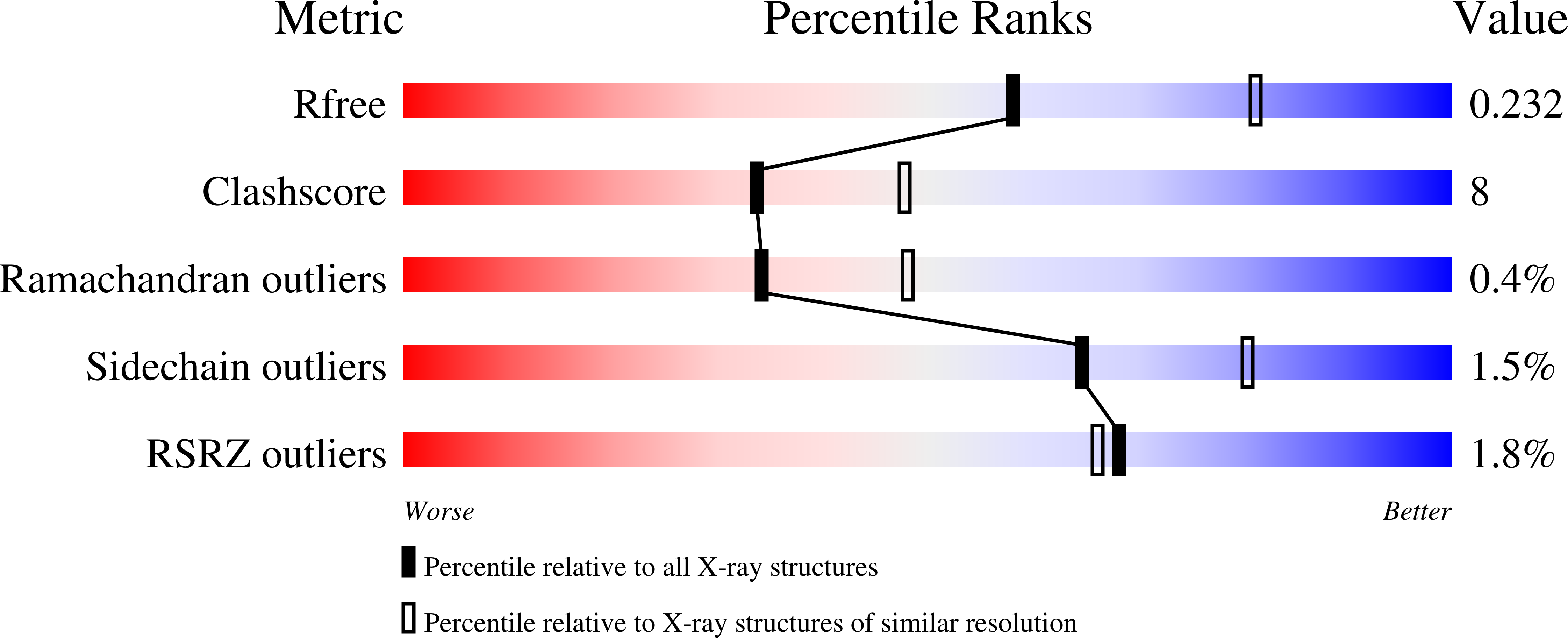
Deposition Date
2007-05-11
Release Date
2007-09-25
Last Version Date
2023-08-30
Entry Detail
PDB ID:
2PWL
Keywords:
Title:
Crystal Structure of FGF Receptor 2 (FGFR2) Kinase Domain Harboring the Pathogenic N549H Mutation Responsible for Crouzon Syndrome.
Biological Source:
Source Organism:
Homo sapiens (Taxon ID: 9606)
Host Organism:
Method Details:
Experimental Method:
Resolution:
2.40 Å
R-Value Free:
0.23
R-Value Work:
0.20
Space Group:
P 21 21 2


